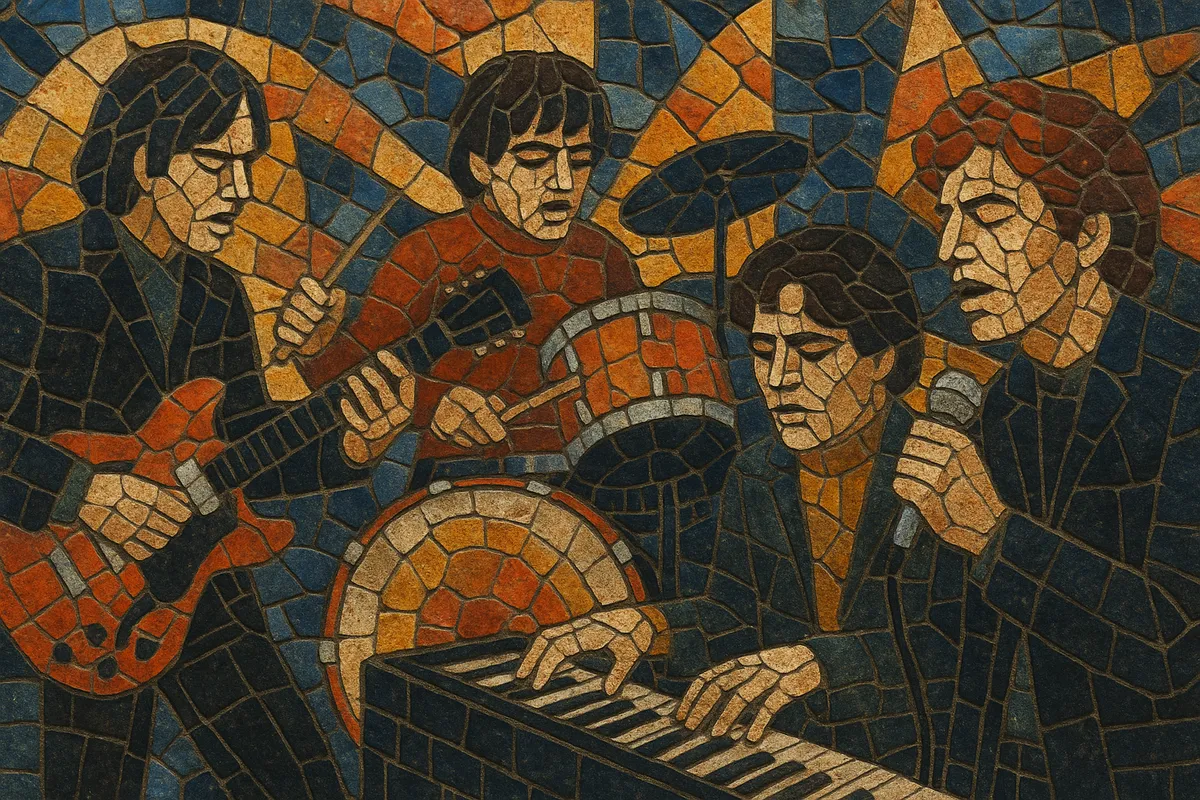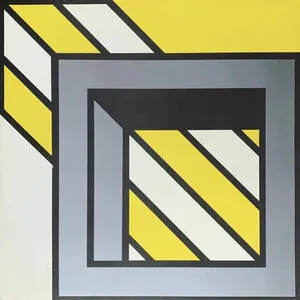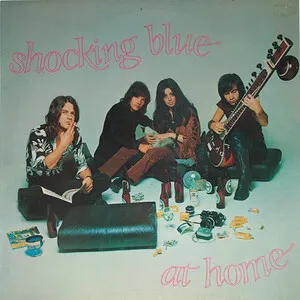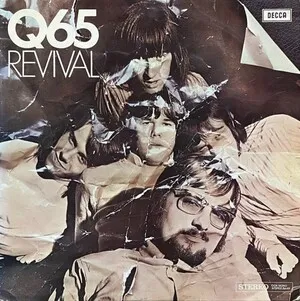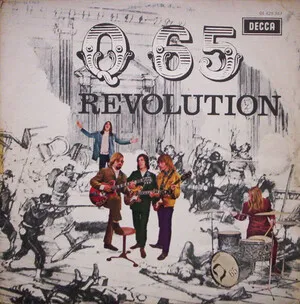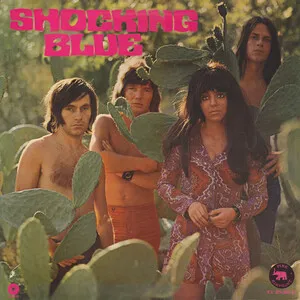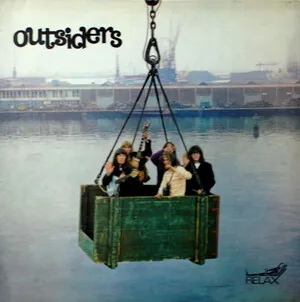Nederbeat is the 1960s Dutch take on British beat and R&B-driven rock, centered in The Hague (often called Beatstad) with vibrant scenes in Amsterdam and Rotterdam. It blends tough, garage-like guitar riffing, bluesy vocals, Farfisa/vox organ hooks, and a danceable backbeat.
Bands typically sang in English to ride the British Invasion wave, but the music carries a distinctly local attitude—raw, direct, and often edgier than its UK counterparts. Short, hooky singles, fuzzy guitars, tambourine on the backbeat, and group harmonies define the style.
Nederbeat emerged as Dutch musicians rapidly absorbed the British Invasion. Local groups adopted the punchy song forms of Merseybeat and the grittier rhythm-and-blues edge of bands like The Pretty Things and The Rolling Stones. The Netherlands already had a unique pre-history through the Indorock scene—Indo-European guitar bands (e.g., The Tielman Brothers) whose virtuosic, surf- and rock ’n’ roll-inflected playing primed audiences and clubs for a guitar-band explosion.
The Hague became a powerhouse, producing bands that dominated local charts and clubs. Singles culture flourished: concise, riff-forward songs with memorable choruses, Farfisa organ lines, fuzz-toned leads, and energetic vocals. Amsterdam and other cities contributed tougher, garage-leaning variants. Key hits by The Outsiders, Q65, The Motions, Tee-Set, and the early Golden Earrings solidified the genre’s profile at home and abroad.
As psychedelia, hard rock, and progressive styles rose, many Nederbeat groups evolved or splintered. Some acts pivoted toward heavier rock or pop-psych; others fed into what later became Nederpop and the Volendam “Palingsound.” The raw immediacy and DIY spirit of Nederbeat also foreshadowed proto-punk tendencies and informed later garage rock revivals.
Nederbeat remains a cornerstone of Dutch rock history. Its concise songwriting, gritty performance ethos, and club-centric sound influenced subsequent Dutch pop/rock, early proto‑punk currents, and periodic revivals of 1960s garage aesthetics.

